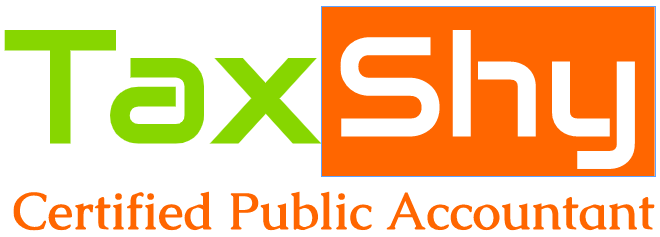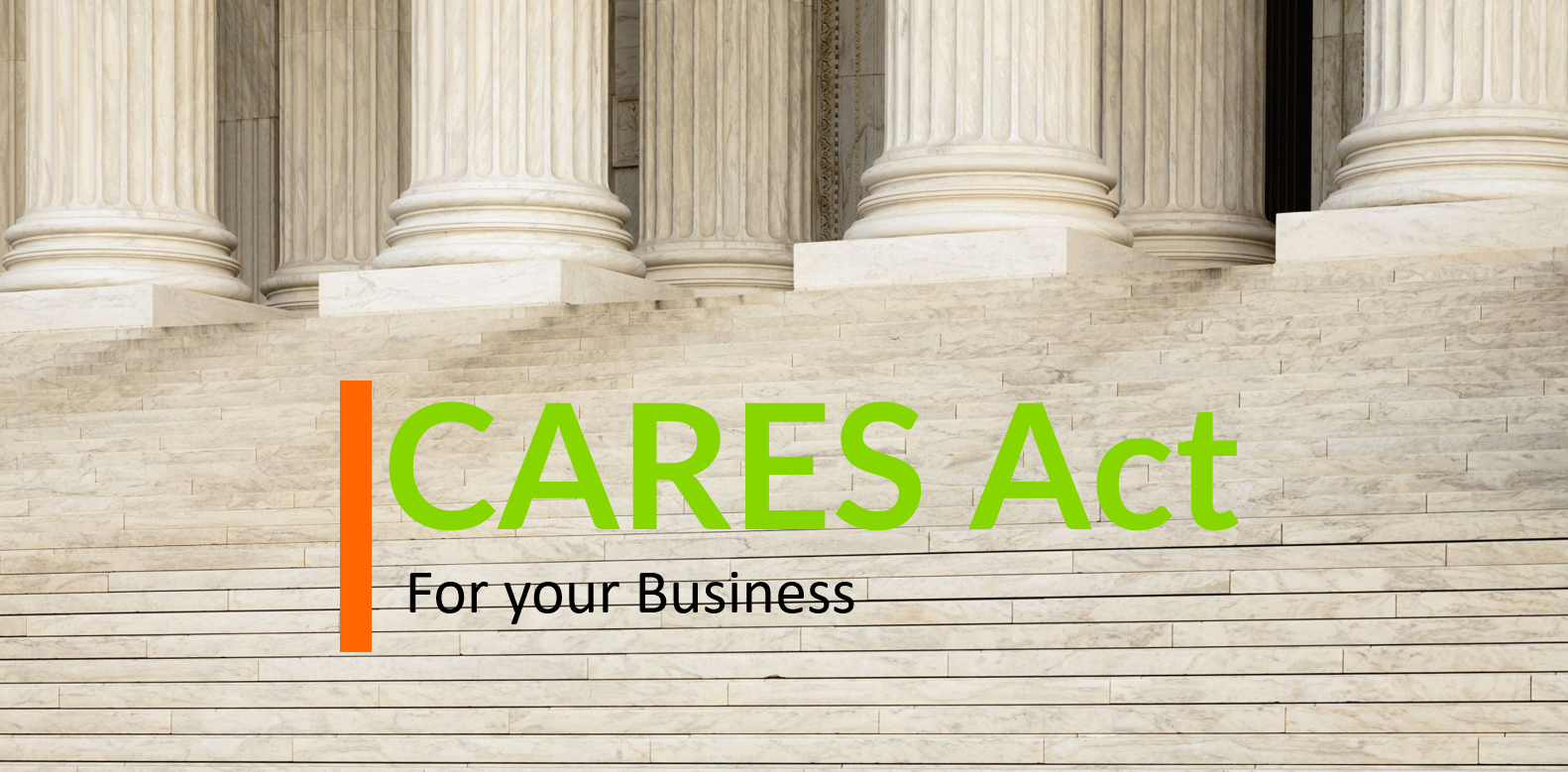
CARES Act: PPP loan forgiveness
UPDATE *** May 28, 2020 ***
House passes another PPP bill (Now called Paycheck Protection Flexibility Act) to give more flexibility to small business loans. Will the senate give its approval? Yes, The senate approved on June 3rd, 2020.
New changes proposed:
Payroll lowered from 75% minimum to 60%. The rest must be spent on rent, utilities and other business related expenses.
The amount of time the loan can cover extended from 8 weeks to 24 weeks or December 31, 2020 whichever comes earlier. This flexibility is designed to make it easier for more borrowers to reach full, or almost full, forgiveness.
Borrowers can use the 24-week period to restore their workforce levels and wages to the pre-pandemic levels required for full forgiveness. This must be done by Dec. 31, a change from the previous deadline of June 30.
The new bill allows borrowers to achieve full forgiveness even if they are unable to restore full workforce.
If the amount provided doesn’t convert to a grant, extend the payback time of the loans from 2 to 5 years.
—— <Updates above this line amends the article published below > ——
On March 13, 2020, President Trump declared the ongoing Coronavirus Disease 2019 (COVID-19) pandemic of sufficient severity and magnitude to warrant an emergency declaration. Many small businesses nationwide are experiencing economic hardship due to government mandated closures. This resulted in drastic decrease in economic activity.
On March 27, 2020, the President signed the Coronavirus Aid, Relief, and Economic Security Act (the CARES Act) to provide emergency assistance and health care response for individuals, families, and businesses affected by the coronavirus pandemic.
SBA (Small Business Administration) received funding and authority through the CARES act to establish “PPP” (Paycheck Protection Program). SBA guarantees 100% of the loan under this program. It also provides for loan forgiveness up to the full amount of qualifying loans under PPP. Qualifying loan amounts are:
Payroll
Salary, wages, commissions, cash tips, vacation, parental, family, medical or sick leave, allowance for separation, benefits for group health care coverage, state and local taxes on the above (Employees whose principal place of residence is USA).
For self-employed- net earnings
For independent contractors or sole proprietors – wages, commissions or income
Non payroll (limited to 25% of the loan forgiveness)
Interest payments on business mortgage incurred before Feb 15, 2020
Rent payments in force before February 15, 2020
Utility payments for which service began before 15, 2020
In order to obtain forgiveness, at least 75% of the proceeds must be used to cover payroll, according to the Small Business Administration. No more than 25% can be used for other costs.
Up to Eight weeks of the payroll expenses are eligible for forgiveness. $100,000 is the compensation limit per employee, annually.
Borrowers get two years to pay off amounts that aren’t forgiven, at an interest rate of 1%.
Under the PPP, borrowers who have had to lay off workers or cut hours won’t have a reduced amount of forgiveness if they rehire the employees or restore their hours by June 30.
If workers reject the offer, employers will need to meet five conditions to avoid having their loan forgiveness reduced, according to the interim final rule.
the borrower made a good faith, written offer to rehire such employee (or, restore the reduced hours of such employee) during the covered period;
the offer was for the same salary or wages and same number of hours as earned by such employee in the last pay period prior to the separation or reduction in hours;
the offer was rejected by such employee;
the borrower has maintained records documenting the offer and its rejection;
the borrower informed the applicable state unemployment insurance office of such employee’s rejected offer of reemployment within 30 days of the employee’s rejection of the offer.
A lot of small business will need to document the offers and the response to the offers via a written letter or email. The loan forgiveness is at risk if the employer does not have such records.
Have for questions or need additional information, feel free to write to us.


